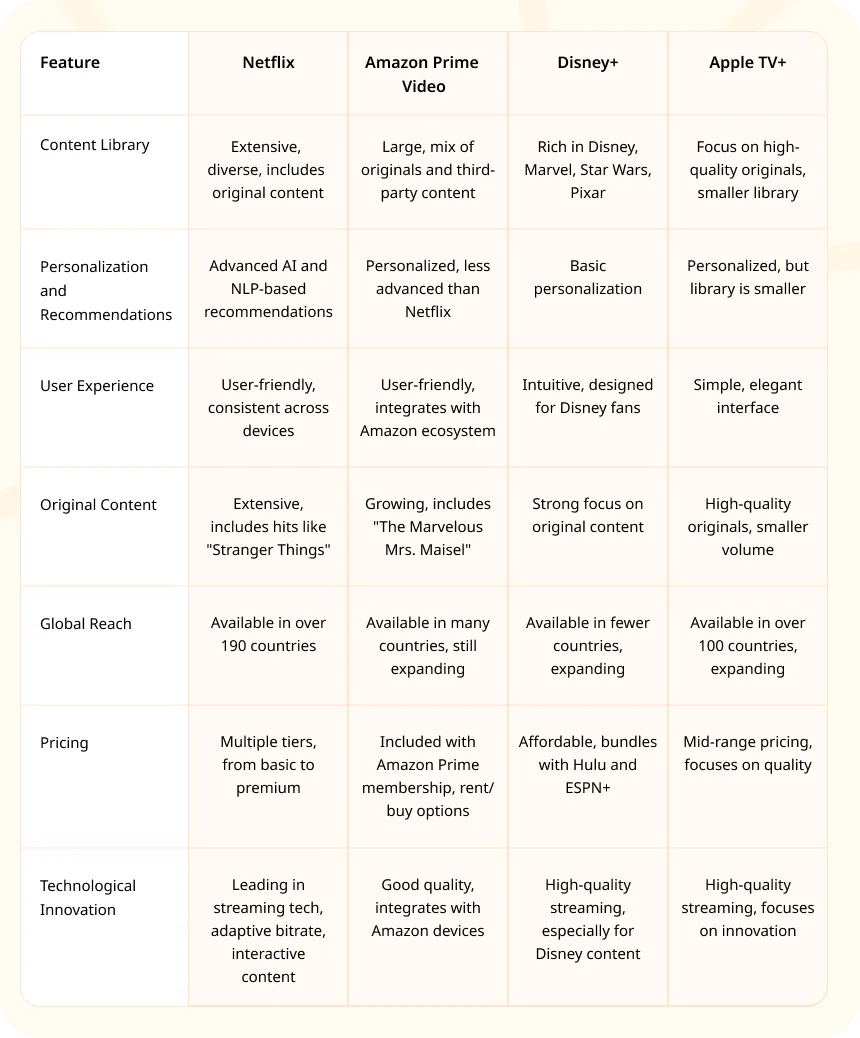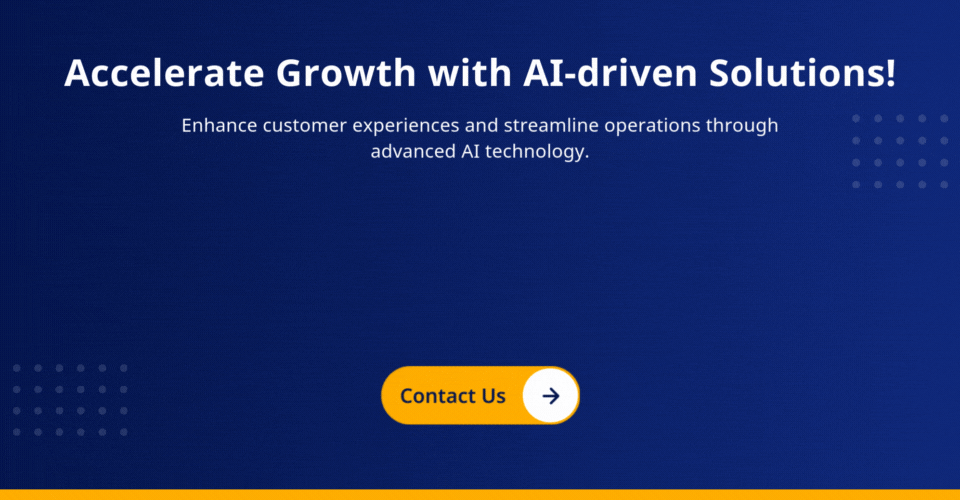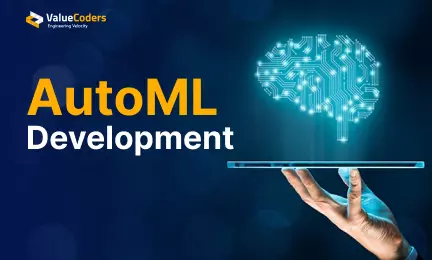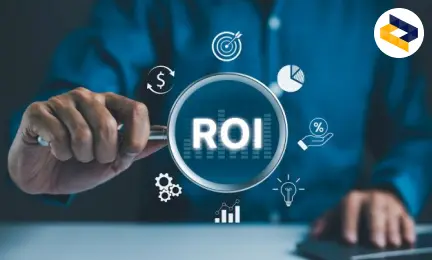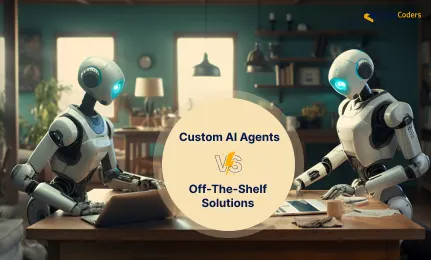Netflix’s recommendation system drives over 75-80% of the content viewed on the platform.
Now, the question that may come to your mind is, how is Netflix able to offer such accurate personalized recommendations?
This is where NLP or Natural Language Processing comes into play. Netflix uses NLP to understand user preferences, feedback, and interactions with the platform.
“Personalized recommendations are the heart of what we do. It’s what makes us different.” – Todd Yellin, VP of Product Innovation at Netflix
Using advanced Natural Language Processing (NLP) techniques, Netflix ensures that each of its 238.3 million subscribers receives personalized show and movie recommendations, enhancing their viewing experience and keeping them engaged longer.
How? Let’s find out!
Understanding Natural Language Processing (NLP)
NLP is a subset of artificial intelligence that relies on communication between computers and human languages. It helps in analyzing text data such as reviews, ratings, and search queries to collect meaningful insights about user preferences.
This NLP plays a crucial role in modern recommendation systems, allowing them to process and comprehend vast amounts of unstructured data, such as user reviews, descriptions, and preferences.
Our NLP experts at ValueCoders can tailor solutions to meet your unique business needs.
NLP involves several key components:
Tokenization: Splitting text into smaller parts called tokens, such as words, phrases, or symbols.
Stemming and Lemmatization: Simplifying words to their base or root form, making it easier to analyze similar words together.
Sentiment Analysis: Identifying the sentiment (positive, negative, or neutral) in a piece of text, which is especially useful for understanding user reviews and feedback.
Named Entity Recognition (NER): Detecting and categorizing named entities, like people, organizations, locations, and products, within the text.
These NLP components work together to gather valuable insights from unstructured data. This enables an AI development company to create recommendation systems that better understand user preferences, content themes, and contextual information.
The Netflix Recommendation System
At the core of Netflix’s services is its advanced recommendation system, which aims to give users a personalized and engaging viewing experience. The Netflix NLP recommendations system uses sophisticated algorithms and machine learning techniques, including NLP, to analyze user data, preferences, and content details.
Initially, Netflix’s recommendation system used basic collaborative filtering techniques. However, as user data grew more complex, Netflix adopted advanced methods like NLP to analyze user reviews, descriptions, and textual feedback. This helped Netflix gain a deeper understanding of user preferences and content themes.
NLP plays a critical role in various aspects of the recommendation process, such as:
Content Analysis: Extracting information about Netflix NLP show recommendations genres, themes, and key entities from movie and TV show descriptions.
User Profiling: Creating detailed user profiles by analyzing behavior, watch history, and textual feedback.
Similarity Matching: Identifying relationships between content pieces to suggest titles aligned with user tastes.
Netflix’s commitment to continuous improvement in recommendation algorithms is driven by the recognition of their critical role in delivering a personalized experience. The company conducts research in machine learning, NLP, reinforcement learning, and other areas to further enhance the recommendation system.
Beyond title selection, Netflix NLP recommendations extends personalization efforts to the entire user experience, including personalized messaging, search features, and exploring new ways to present and explain recommendations, aiming to minimize browsing time while maximizing enjoyment.
Hire machine learning engineers from ValueCoders to build an online streaming platform like Netflix.
Also Read: Navigating The World Of AI Development: Opportunities & Challenges
How Netflix Implements NLP?
The core of Netflix’s recommendation engine lies in a robust combination of Natural Language Processing (NLP) techniques and machine learning Netflix algorithms.
Netflix NLP recommendations track the movies and TV shows that each user watches and how they rate them to provide users with a truly personalized experience. It also collects data on other factors that might influence a user’s preferences, such as the genre of the content, the actors, and the production studio.
Let ValueCoders help you integrate state-of-the-art NLP technologies to deliver personalized content to your users.
Netflix uses various techniques, including matrix factorization, deep learning, and reinforcement learning, to train and improve these models.
1. Data Collection
The first step is gathering data from various sources, including:
Viewing history: The shows and movies users have watched, when, and for how long.
User interactions: Likes, dislikes, ratings, and reviews left by users.
Search queries: The terms and phrases users enter when searching for content.
Textual data: Descriptions, synopses, and metadata associated with each title.
2. Data Processing
Before diving into advanced NLP techniques, Netflix preprocesses the collected data through steps like:
Tokenization: Breaking down text into smaller units called tokens, such as words or phrases.
Stop-word Removal: Eliminating commonly used words that add little value to the analysis, like “the” or “and”.
Stemming/Lemmatization: Reducing words to their base or root form, allowing similar words to be analyzed together.
3. Content Analysis
With preprocessed data, Netflix employs NLP techniques to gain a deeper understanding of its content library and user preferences.
Sentiment Analysis: By analyzing user reviews and feedback, Netflix can determine the sentiment (positive, negative, or neutral) towards specific shows or movies.
Named Entity Recognition (NER): NER helps identify and classify important entities within the text, such as actors, directors, or genres, providing valuable context about the content.
4. Contextual Understanding
Netflix NLP recommendations enable it to comprehend the context of its shows and movies, going beyond surface-level information.
Topic Modeling: By analyzing textual data, Netflix can recognize the main topics or themes present in each piece of content, allowing for more accurate categorization and recommendation.
Semantic Analysis: Comprehending the underlying meaning, relationships, and nuances within text data.
5. Semantic Similarity
One of the major strengths of NLP is its ability to assess the semantic similarity between different pieces of text, which Netflix uses to understand the relationships between shows and movies.
Word Embeddings: Techniques like Word2Vec and GloVe represent words as numerical vectors, allowing Netflix to calculate the similarity between them based on their contextual usage.
Transformers: Advanced language models like BERT (Bidirectional Encoder Representations from Transformers) can capture the nuances and contextual meaning of the text, enabling more accurate similarity measurements.
By combining these NLP techniques with machine learning algorithms, Netflix can create detailed user profiles, understand content characteristics, and ultimately match users with the most relevant and engaging recommendations.
Personalization and Recommendation
The true power of Netflix NLP recommendations system lies in its ability to provide a highly personalized experience to each user. By harnessing the insights gained from NLP and other advanced techniques, Netflix can tailor its recommendations to match individual preferences with remarkable accuracy.
User Profiling
At the core of personalization is the creation of detailed user profiles. Netflix NLP recommendations analyze a user’s viewing history, interactions, and textual feedback to build a comprehensive understanding of their unique interests and tastes. NLP is crucial in extracting meaningful information from this data, enabling the creation of rich user profiles that capture even the subtlest of preferences.
Matching Users to Content
With a deep understanding of both its users and content library, Netflix employs sophisticated algorithms to match users with relevant and engaging recommendations.
This process involves a combination of techniques:
Collaborative Filtering: By analyzing the viewing patterns and preferences of users with similar tastes, Netflix can recommend content that others with comparable interests have enjoyed.
Content-Based Filtering: Netflix uses the detailed content analysis facilitated by NLP to recommend shows and movies that align with a user’s preferences for specific genres, themes, actors, or directors.
The integration of NLP-enhanced user profiles and content analysis significantly improves the accuracy and relevance of these Netflix recommendation algorithms. This ensures that users are offered tailored suggestions that resonate with their personal interests.
Example Scenarios
Consider a user who has shown a preference for historical dramas and has positively reviewed shows featuring strong female leads. The Netflix NLP recommendations system would not only identify these preferences but also understand the contextual nuances behind them.
As a result, the user might receive recommendations for a new period drama series with a compelling female protagonist, even if it deviates from their typical viewing patterns.
Similarly, if a user consistently watches and enjoys foreign-language films, the Netflix NLP recommendations engine will use Natural Language Processing to understand the subtitles of these preferences, suggesting similar content that may not be explicitly labeled as “foreign-language” but shares the same cultural and linguistic richness.
Netflix’s personalized recommendations aim to minimize the time users spend searching for their next great viewing experience, ensuring they can seamlessly discover content that aligns with their unique tastes and preferences.
You can hire AI engineers from ValueCoders to develop an online streaming platform that offers a similar experience.
Let ValueCoders help you implement NLP techniques to offer more relevant and engaging content to your users.
Netflix vs. Other Online Streaming Platforms
In the crowded world of online streaming, Netflix NLP recommendations stands out for several reasons. Its innovative use of technology, extensive content library, and user-centric approach make it a leader in the industry.
However, it’s not alone in the market. Let’s explore how Netflix compares to other major streaming platforms.
1. Content Library
Netflix includes a vast and diverse content library, including original series, movies, documentaries, and international content. Platforms like Amazon Prime Video and Disney+ also offer rich libraries but often focus more on specific niches.
Amazon Prime Video, for example, features a combination of original content and a vast selection of TV shows and movies available to purchase or rent. Disney+ excels with its collection of Disney, Marvel, Star Wars, and Pixar franchises, appealing to fans of these iconic brands.
2. Personalization and Recommendations
One of Netflix’s key strengths is its sophisticated Netflix NLP recommendations system powered by advanced algorithms and artificial intelligence. Netflix uses your viewing history, ratings, and preferences to suggest content tailored specifically to you.
While other platforms like Hulu and Amazon Prime Video also offer personalized recommendations, the role of ML in Netflix comes into play. Netflix uses the power of NLP and ML giving it a significant edge in delivering highly accurate and relevant suggestions.
3. User Experience
Netflix is known for its user-friendly interface, which is consistent across various devices. Features like seamless playback, offline downloads, and user profiles enhance the viewing experience.
Competitors like HBO Max and Apple TV+ also prioritize user experience, but Netflix’s intuitive design and continuous updates often place it a step ahead.
4. Original Content
Netflix invests extensively in producing original content, with hits like “Stranger Things,” “The Crown,” and “The Witcher.” This strategy not only attracts new subscribers but also retains existing ones.
While platforms like Amazon Prime Video and Disney+ are ramping up their original content production, Netflix’s extensive catalog of unique shows and movies gives it a competitive advantage.
5. Global Reach
Netflix is available in over 190 countries, offering localized content and subtitles in multiple languages, making it accessible to a global audience.
Other platforms like Disney+ and Amazon Prime Video are expanding their international presence but are not as widely available as Netflix.
6. Pricing
Netflix offers several pricing tiers to cater to different needs, from basic plans to premium ones with Ultra HD and multiple simultaneous streams.
Other platforms, like Hulu and Disney+, also provide various pricing options, including bundles with other services. However, Netflix’s tiered approach effectively allows it to serve a broad range of customers.
7. Technological Innovation
Netflix is at the forefront of adopting new technologies, whether it’s improving streaming quality with adaptive bitrate streaming or experimenting with interactive content like “Bandersnatch.” While competitors are also innovating, Netflix’s continuous focus on technological advancement with AI services company often keeps it ahead.
Therefore, while other online streaming platforms offer unique features and content, Netflix’s combination of a vast content library, advanced personalization, user-friendly interface, rich original content, global reach, flexible pricing, and technological innovation make it a standout choice for many viewers
Also Read: AI App-Titude: How To Find Your App’s Perfect AI Model
Future of NLP in Recommendations
Natural Language Processing (NLP) is constantly evolving, and its future in recommendation systems looks promising. Here are a few ways NLP is expected to shape the future of personalized recommendations:
1. Enhanced Understanding of User Preferences
As NLP technology advances, it will become even better at understanding user preferences from unstructured data like reviews, comments, and social media posts. This deeper insight will allow recommendation systems to suggest content that matches users’ interests more accurately and intuitively.
2. Real-Time Personalization
Future NLP applications will enable real-time personalization, analyzing user interactions as they happen to provide immediate and relevant recommendations. This means users will receive suggestions that are more aligned with their current mood and context, improving engagement and satisfaction.
3. Multilingual Recommendations
NLP’s ability to process and understand multiple languages will enhance global recommendation systems. This will allow platforms to cater to a diverse audience, providing personalized content regardless of the user’s native language. This is particularly important for global platforms like Netflix.
4. Context-Aware Recommendations
By leveraging contextual data such as location, time of day, and current activity, Netflix NLP recommendations can help create highly contextualized recommendations. For instance, a user watching content on a Friday evening might receive different suggestions compared to a weekday morning.
ValueCoders can help you utilize NLP to create a more personalized and satisfying user experience.
5. Voice and Conversational Interfaces
The integration of voice and conversational interfaces powered by NLP will allow users to interact with recommendation systems more naturally. Asking for movie suggestions through a smart speaker or chat interface will become more common, providing a seamless user experience.
6. Sentiment Analysis
Future NLP systems will utilize advanced sentiment analysis to gauge users’ emotions and preferences more precisely. This will enable recommendations that not only consider what users have watched but how they felt about it, leading to more emotionally intelligent suggestions.
7. Improved Content Metadata
NLP can automatically generate detailed metadata for content, including nuanced aspects like themes, tones, and sub-genres. This richer metadata will help in creating more refined and accurate recommendations.
The future of the Netflix NLP recommendations system is bright, with advancements poised to make content suggestions smarter, more intuitive, and more personalized. As technology continues to evolve, platforms like Netflix will be able to offer an even more engaging and tailored viewing experience.
Ready to harness the power of NLP for your business? ValueCoders is one of the top machine learning development companies that can help you implement cutting-edge NLP solutions to enhance your recommendation systems and delight your users. Contact us today to learn more!






